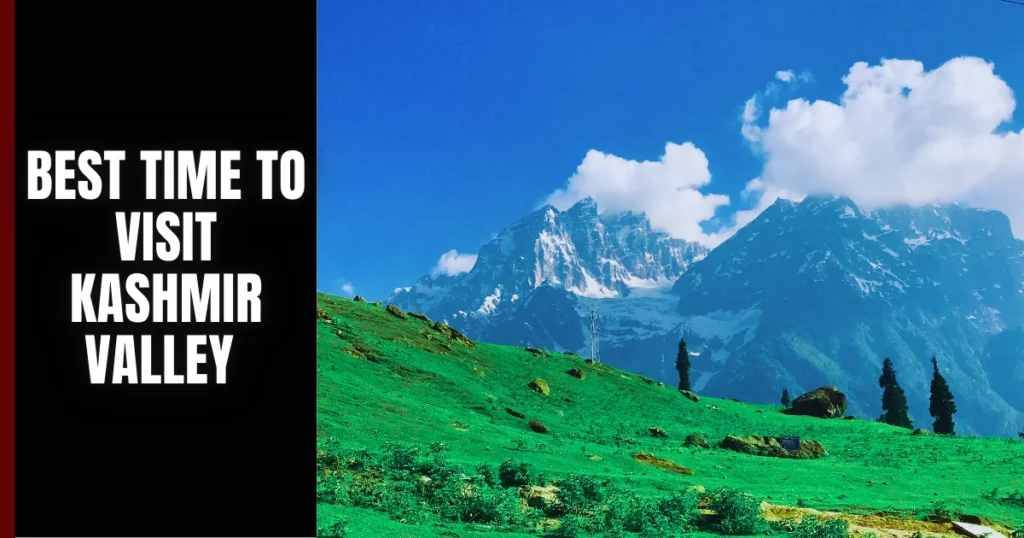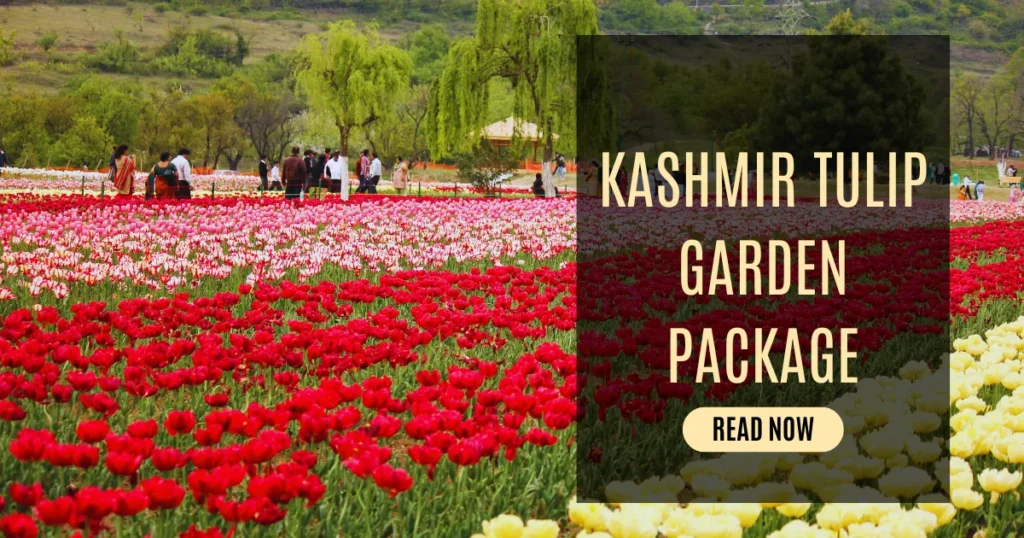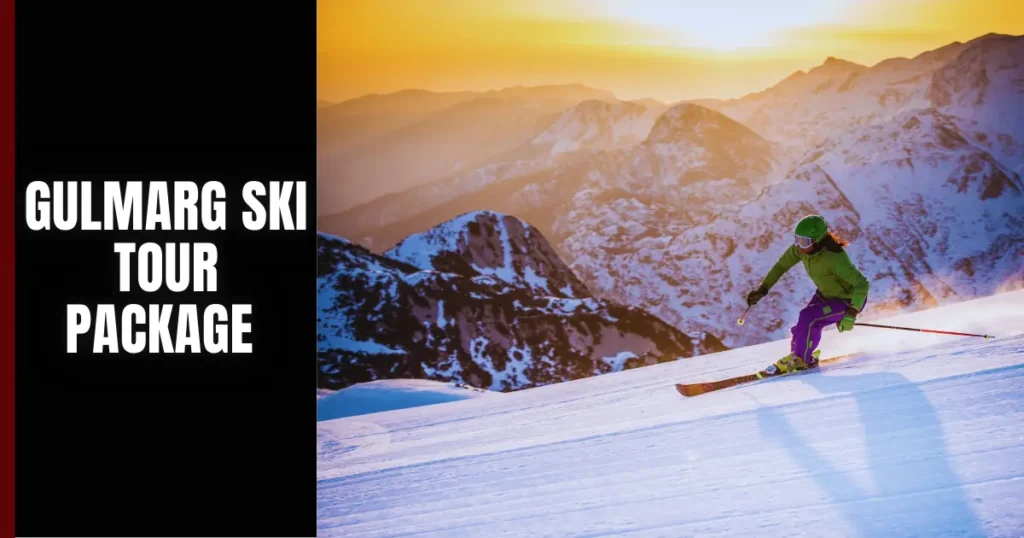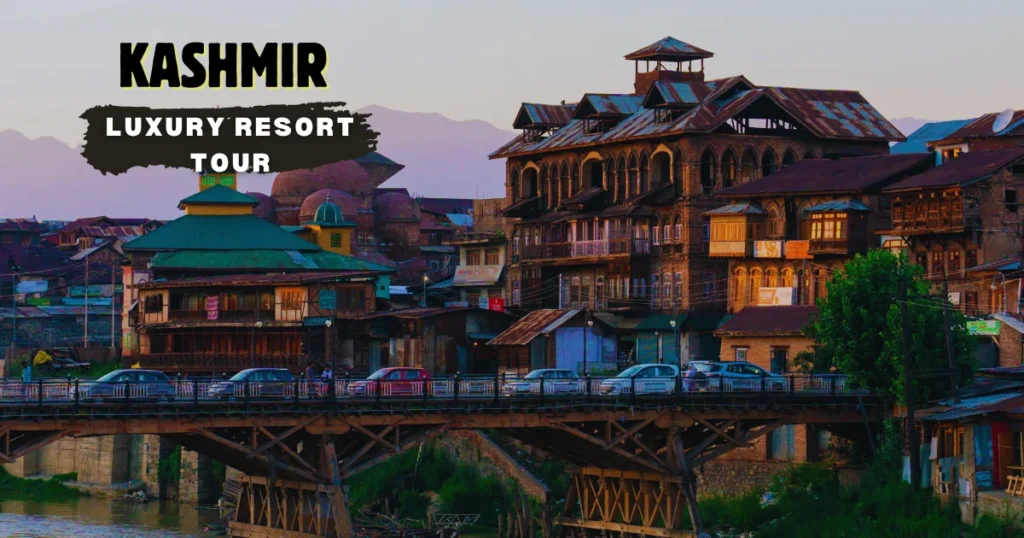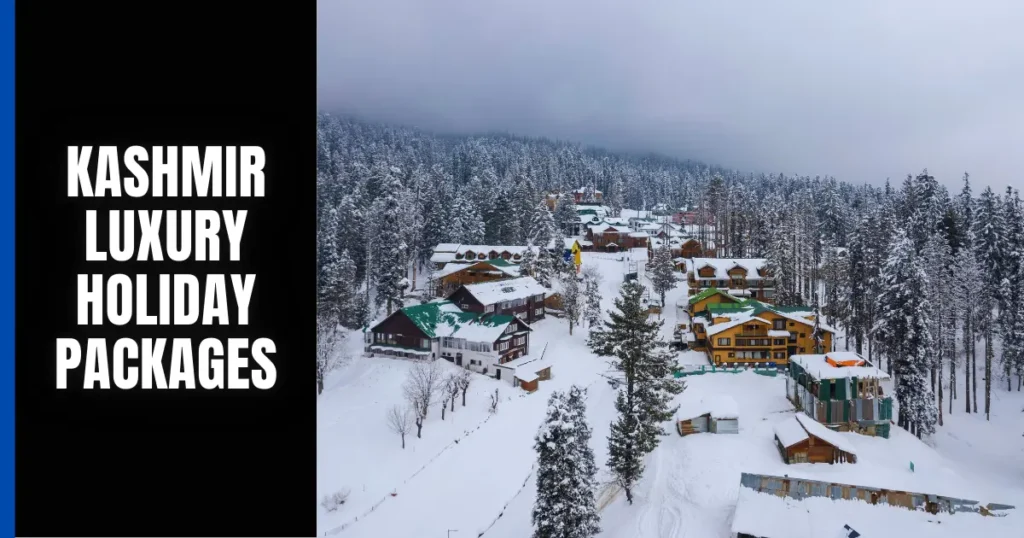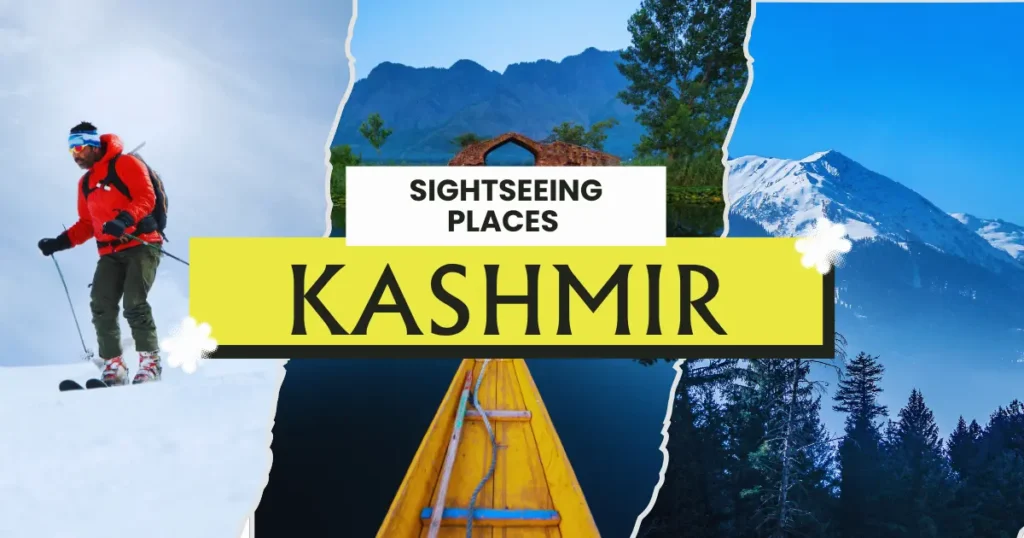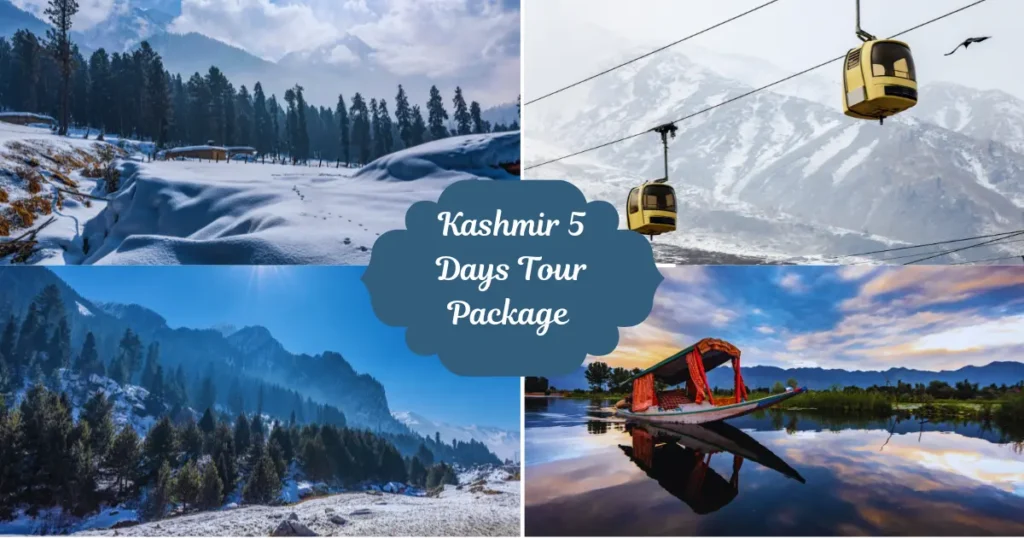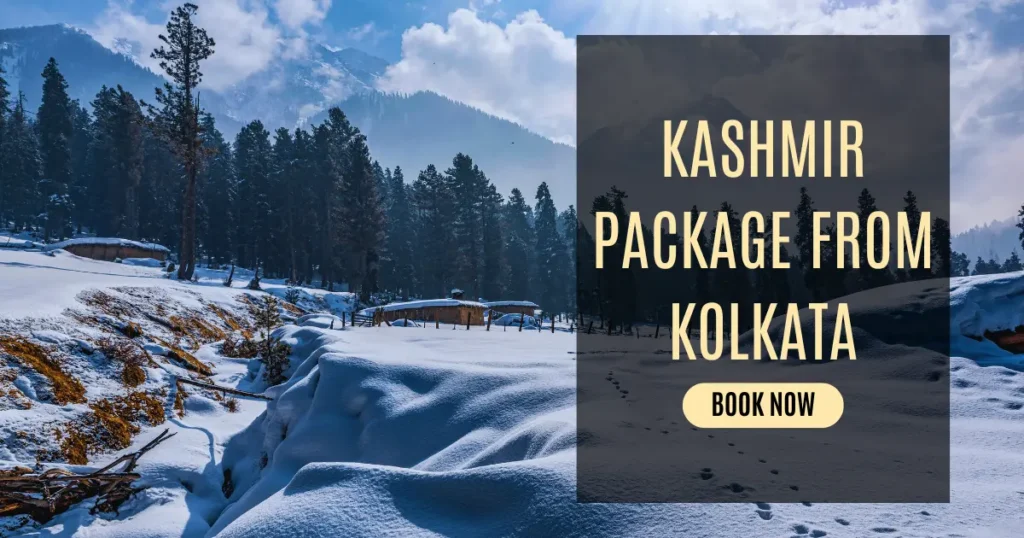Best Time to Visit Kashmir Valley – Travel Tips & Tourist Season
Have you ever thought about the best time to visit Kashmir Valley, when the mountains look like a dream and every season tells its own story? Travelers have always called Kashmir “heaven on earth,” but the truth is that heaven changes its colors every few months. If you are planning with Kashmir Tour Package, knowing the right season will make your trip not only beautiful but also more meaningful. Why is it important to know the best time to visit Kashmir Valley? Kashmir looks stunning all year, yet every traveler has a different purpose. Some want to play in snow, some want to see flowers, some look for peace in autumn, and others want to enjoy a houseboat in summer. Choosing the right season helps you plan better. You enjoy the activities you really want. You also connect with local life, festivals, and culture. So, the best time to visit Kashmir Valley depends on your reason for travel—because every season tells a different story. How does Kashmir Valley weather by season change your trip? The Valley does not look the same every month. The Kashmir Valley weather by season brings a new mood every time: Spring (March–May): Almond trees bloom, tulip gardens open in Srinagar, mornings are fresh and bright. Perfect for couples and families. Summer (June–August): Long sunny days, busy lakes with shikaras, houseboats full of travelers. This is the liveliest time in Kashmir. Autumn (September–November): Chinar trees turn golden and red, saffron flowers cover the fields. Peaceful weather, great for photography. Winter (December–February): Snow covers Gulmarg and Sonmarg, skiing and snow games are at their best. Quiet and magical. Every season gives you a new face of Kashmir, and that is what makes it special. When is the peak tourist season in Kashmir? If you want to see Kashmir at its most active and colorful, come between April and June. This is the peak tourist season in Kashmir. Families travel the most during this time. Gardens bloom, lakes are full of visitors, and every corner feels alive. But remember—more tourists also mean higher prices and busy places. If you want peace, try autumn or early winter. What are the Kashmir Valley travel tips by month? Here are simple Kashmir Valley travel tips by month that will help you decide better: March–April: Tulip Festival in Srinagar, light woolens needed. May–June: Best time for families, houseboat stays, and sightseeing. July–August: Green hills, trekking season, but sometimes rainy. September–October: Golden chinar leaves, saffron season, cool breeze. November: Calm, off-season, low crowd. December–February: Heavy snow, skiing in Gulmarg, full winter clothes needed. With these tips, you can match your travel month with the experience you want. Why plan with Kashmir Tour Package? We know Kashmir through every season. Our team guides you with honest advice, not just promotion. We update travelers with real weather and local events. Whether you want a family holiday, honeymoon, or adventure trip, we make it smooth. Final Thoughts – Your season, your story The best time to visit Kashmir Valley is not about one fixed month—it is about what you wish to see. Do you dream of snow, flowers, saffron, or boat rides? Every choice will give you a different memory. With Kashmir Tour Package, you not only travel but also live the Valley’s beauty in your own way, carrying home stories that stay forever. FAQs – Best Time to Visit Kashmir Valley Q1: What is the best time to visit Kashmir Valley for snow?December to February, especially for skiing in Gulmarg. Q2: Which season is good for families?April to June is the peak tourist season in Kashmir, perfect for family holidays. Q3: Can I visit Kashmir Valley in monsoon months like July and August?Yes, you can. It is good for trekking, though some rain may come. Q4: Is autumn worth visiting?Yes, September to November gives golden chinar trees and saffron farms—great for photography. Q5: What are the Kashmir Valley travel tips by month?Spring for gardens, summer for lakes, autumn for colors, and winter for snow adventures.

